PARUS MAJOR, GREAT TIT, SIKORA BOGATKA
The great tit, Parus major is a small bird with a black head and neck, prominent white cheeks, olive upperparts and yellow underparts. It is large for a tit at 12.5 to 14.0 cm (4.9–5.5 in) in length, and is easy to recognise. The great tit remains the most widespread species in the genus Parus.
It has a wide distribution across all of Europe and is generally not migratory. Great tit mainly resident in any sort of woodland and usually nesting in a hole in a tree. The female lays about 12 eggs, incubates them alone, although both parents raise the chicks. Mostly the pair will raise two broods per year. The great tit has adapted well to human changes in the environment and is a common and familiar bird in urban parks and gardens.
The great tit is a vocal bird, and has up to 40 types of calls and songs. The calls are generally the same between the sexes. It has a wide distribution across all of Europe and is generally not migratory.
Great tits are mainly insectivorous in the summer, feeding on insects and spiders. Their larger invertebrate prey include cockroaches, grasshoppers, lacewings, earwigs, other bugs, ants, flies, beetles, scorpion flies, bees and wasps, even snails. During the breeding season, the tits prefer to feed protein-rich caterpillars to their young. In autumn and winter great tits add berries and seeds to their diet.
Great tits are popular garden birds and generally adjusted to human modifications of the environment.

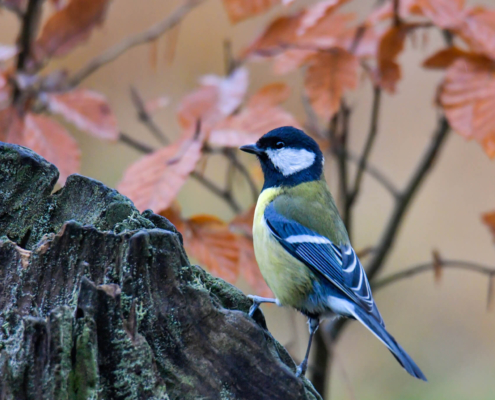
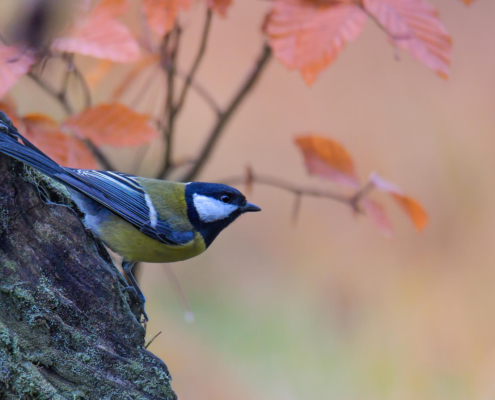
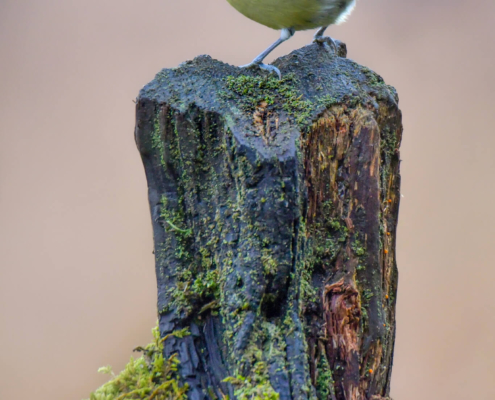
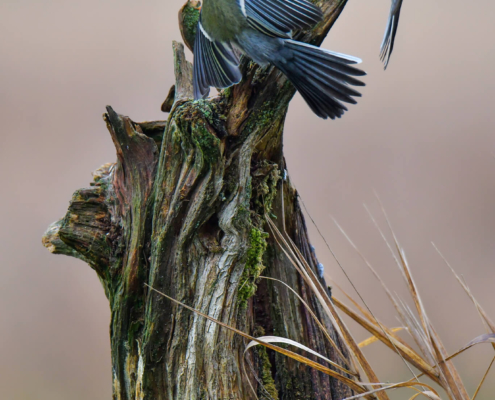
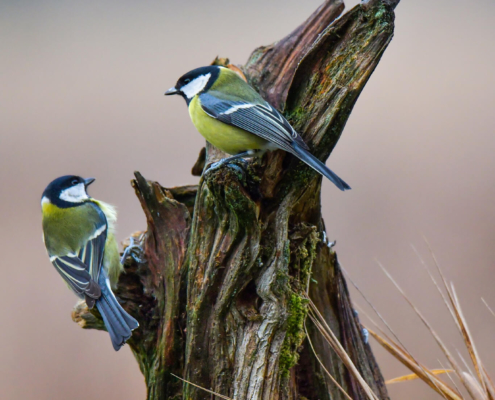



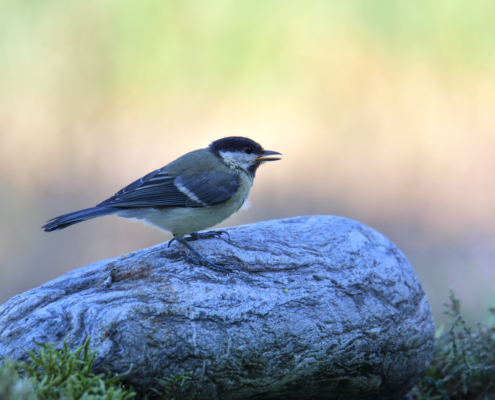
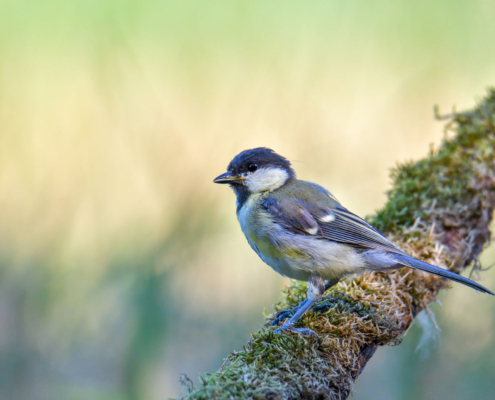

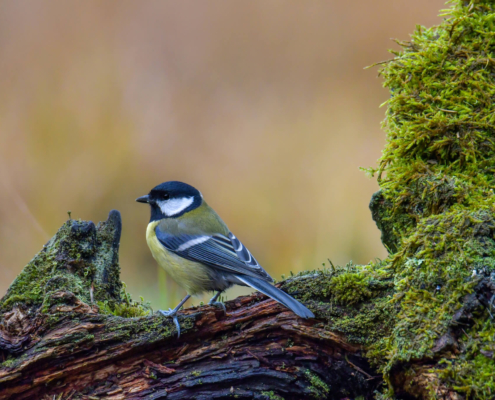
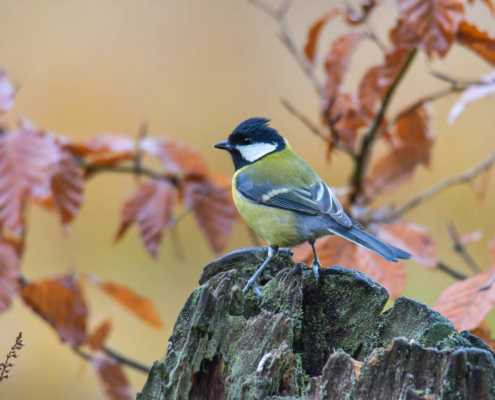
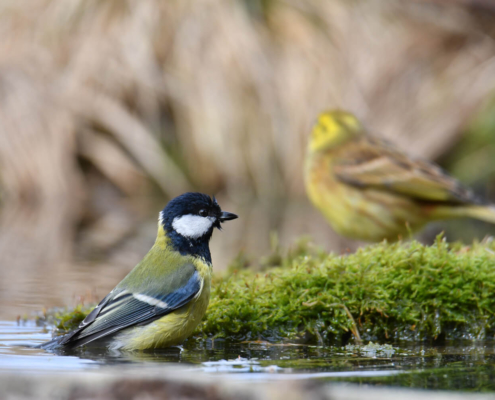
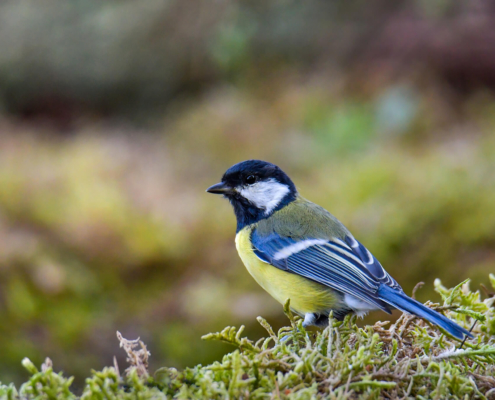



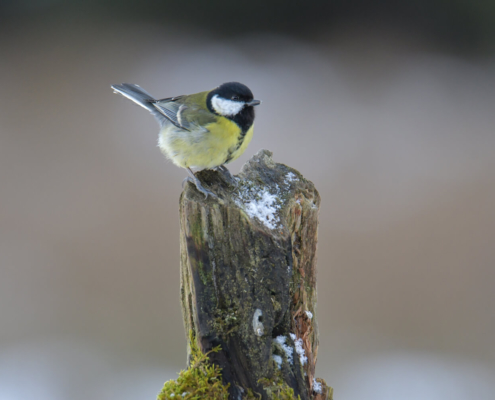


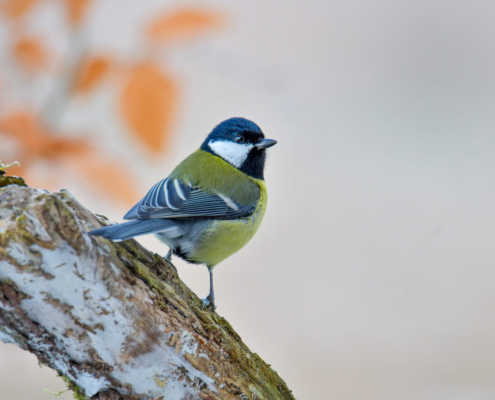

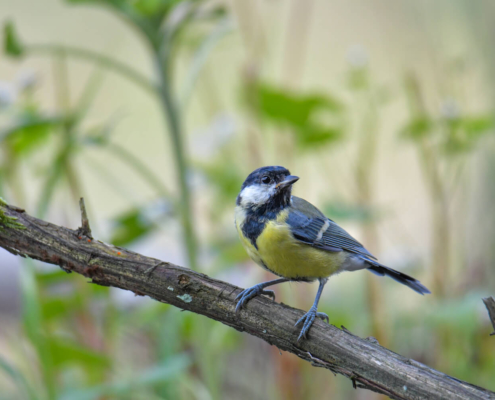



Leave a Reply
Want to join the discussion?Feel free to contribute!